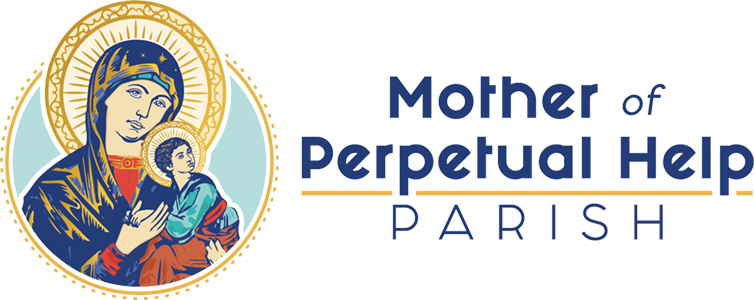The Baptism of the Lord
Read this week’s readings here.

History of Baptisms in the Jewish Faith
The baptism John performed was the mikva’ot, practiced during the second temple period. (100 B.C to 70 A.D.) It was a ritual spiritual purification. This was practiced again and again, as needed. Purity was important to the Jewish people; they would often repeat the practice if they felt impure for any reason. “Living” water was required, meaning it had to be free of impurities and flowing. Natural sources like the Jordan River were often used, and were preferred.
John’s Baptism
John combined this water baptism (mikva’ot) with strong spiritual teaching, in preparation for Jesus’s coming. He was so great a prophet that his followers thought he might be the Christ, but John rebuked them as he does in today’s Gospel. “I am baptizing you with water, but one mightier than I is coming. I am not worthy to loosen the thongs of his sandals. He will baptize you with the holy Spirit and fire.” (Luke 3:16) Versions of this scene are included in all four Gospels.
Why was Jesus Baptized?
The source of Christian Baptism is the Baptism of the Lord. Jesus had no sins to be forgiven. Jesus sanctified the waters by being Baptized in them. The Jordan River has been important to God’s people for any hundreds of years. The immersion in the water symbolizes Jesus’s death, and his rising from the waters is symbolic of His resurrection. The voice from Heaven clarifies for the assembled disciples who Jesus is.
The Jubilee Year
This Jubilee Year, which happens once every twenty-five years, is themed “Pilgrims of Hope.” Participating in Jubilee year activities will grant a plenary indulgence for the pilgrim. You can read the Papal Bull here and Pope Francis’s letter here.

